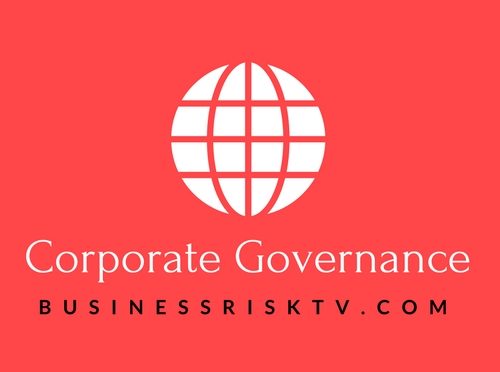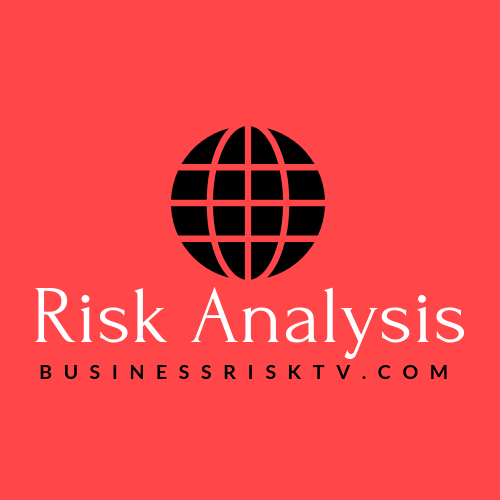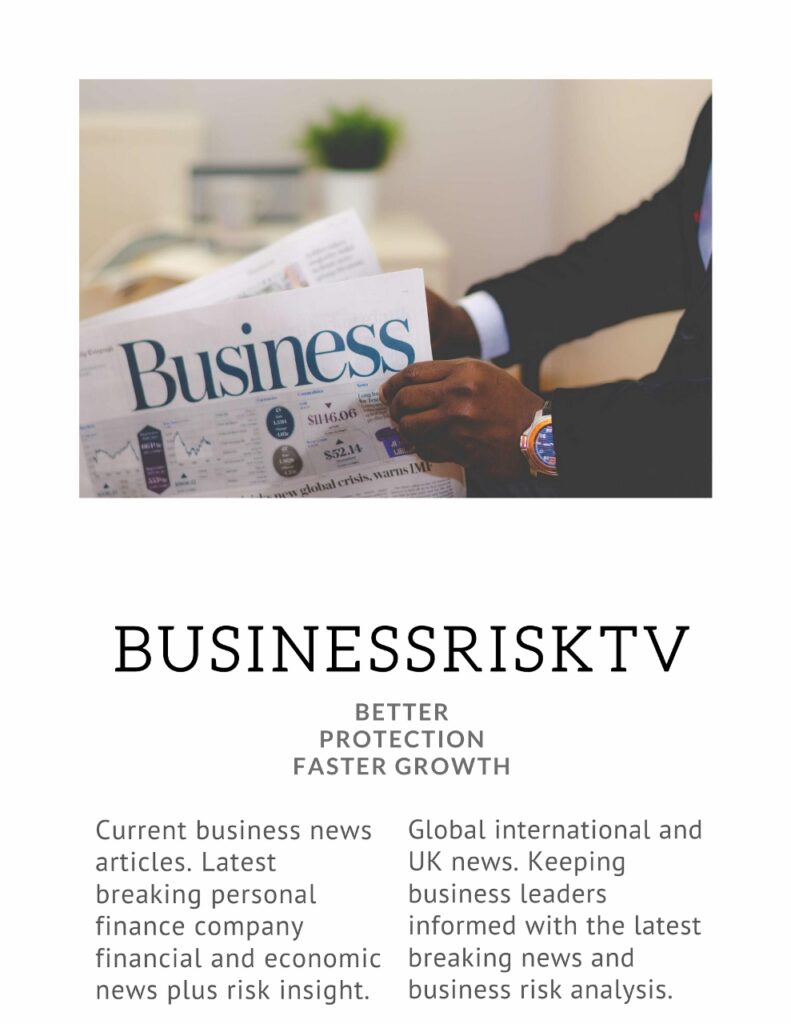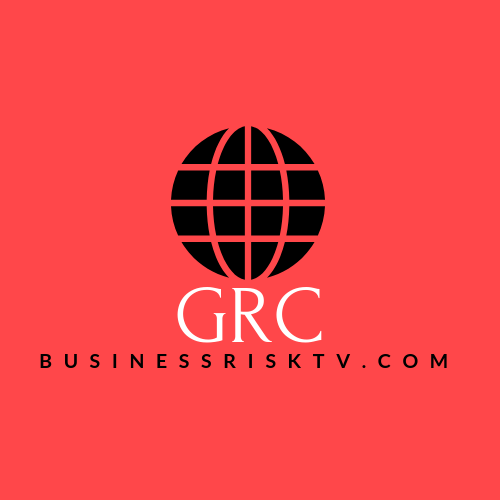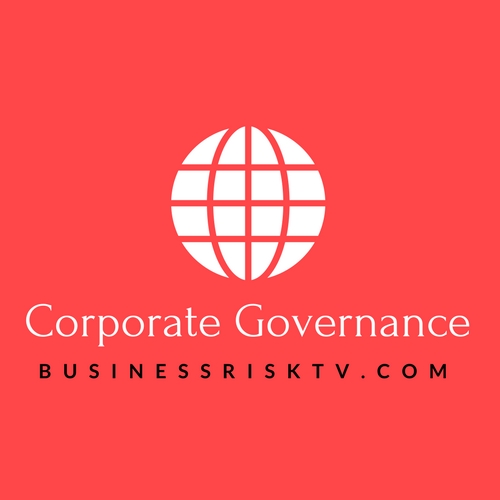OBR Forecasts and Fiscal Rules: A Flawed System for UK Economic Policy?
The Problem with Forecasting Dependency in UK Fiscal Policy
The UK’s fiscal framework operates on a paradoxical foundation. We base binding five-year fiscal rules on Office for Budget Responsibility (OBR) forecasts that struggle to accurately predict economic outcomes just twelve months ahead. This creates a system where unaccountable economic policy dictates business conditions and living standards through increasingly speculative longer-term projections.
The core issue isn’t the OBR’s technical competence—it’s the structural flaw of building rigid fiscal rules on inevitably imperfect predictions. When even the OBR acknowledges its central forecasts have “virtually no chance of being correct,” constructing national economic strategy around these numbers represents a fundamental governance failure that undermines both democratic accountability and economic stability.
How OBR Forecasting Creates Business Uncertainty
The Volatility of Forecast-Led Policy Making
Businesses face constant uncertainty from a system that reacts to forecast revisions rather than economic fundamentals. The bi-annual budget cycle creates policy instability as taxes and spending adjustments are made to hit moving targets based on numbers that will likely be revised in the next forecast.
The Accountability Deficit in Economic Governance
When policies are presented as necessary responses to OBR forecasts, elected politicians gain convenient insulation from difficult decisions. This democratic deficit means voters cannot properly hold decision-makers accountable for tax and spending choices that fundamentally shape their economic lives.
A Better Framework for UK Fiscal Responsibility
Moving Beyond Point Forecasts to Scenario Planning
A more robust approach would replace dependency on single-point forecasts with mandatory scenario analysis. Government fiscal plans should demonstrate resilience across multiple plausible economic pathways—including downside risks and upside potential—rather than optimising for one central scenario that will almost certainly prove wrong.
Reforming the Budget Process for Economic Stability
Eliminating the two-main-fiscal-events-per-year cycle would reduce policy volatility and discourage short-term manipulation of forecasts. A single annual budget would force longer-term thinking and create a more predictable environment for business investment and household planning.
Taking Control of Britain’s Economic Destiny
Addressing Root Causes Rather Than Symptoms
The current approach to cost-of-living pressures focuses primarily on income-based solutions through benefits and tax adjustments. A more sustainable strategy would tackle structural inflation drivers through supply-side reforms in housing, energy, and regulation that directly lower costs rather than merely redistributing them.
Restoring Democratic Accountability to Economic Policy
Ultimately, the solution lies in re-establishing clear lines of political responsibility for economic outcomes. By focusing on policy levers within direct government control—rather than forecast technicalities—we can create a system where voters can clearly judge their representatives on tangible economic results.
Discover better risk management insights for your business. Connect with our community of enterprise risk leaders today.
Get help to protect and grow your business faster with less uncertainty with BusinessRiskTV
Find out more about growing your business faster here
Subscribe for free business risk management ideas risk reviews and cost reduction ideas
Connect with us for free business risk management tips
Read more business risk management articles and view videos for free
Connect with us for free alerts to new business risk management articles and view videos
Business Risk Analysis: The Perils of OBR-Led Fiscal Policy
This critique highlights a fundamental risk for businesses and consumers in the UK: the subordination of long-term fiscal policy to specific, short-term economic forecasts produced by a non-elected body, the Office for Budget Responsibility (OBR). From a risk management perspective, this creates a system plagued by volatility, a lack of accountability, and strategic misalignment.
Core Risk Assessment
The current framework introduces several critical risks to the business environment:
- Forecast Reliance Risk: Basing binding fiscal rules on precise 5-year forecasts is to build a strategy on inherently unstable ground. The OBR itself is transparent about the immense uncertainty in its projections. For instance, its own fan charts show that a forecast for borrowing in 2028-29 has a near-zero probability of being correct. For a business, this is akin to making a 5-year investment decision based entirely on a single, highly speculative market prediction. The risk is that government policy—and therefore the business environment—is constantly adjusting to what are essentially “best guesses.”
- Political Accountability Risk: The “accountability gap.” When fiscal policy is presented as a necessary response to the OBR’s forecast, elected politicians can abdicate responsibility for tough choices. They can claim their hands are tied by the numbers, effectively shielding themselves from direct voter accountability for tax and spending decisions. This undermines democratic oversight and makes it difficult for the electorate to “hold politicians to account,” as you state.
- Policy Volatility Risk: The bi-annual forecast cycle (Spring Statement, Autumn Budget) creates a “stop-start” policy environment. Businesses face the risk of sudden tax changes or spending announcements designed to manipulate a specific forecast metric for the next 5-year window. This prevents the long-term stability and predictability that businesses need to invest, hire, and grow with confidence.
A Better Way: A More Resilient and Accountable Framework
A superior risk management approach would shift the system away from its dependence on precise forecasts and toward a more transparent, stable, and outcome-oriented model. Here are the key components of a better way:
1. Shift from Point Forecasts to Scenario Planning
Instead of tethering fiscal rules to a single, inevitably incorrect number, the government should be required to present its fiscal plans against a range of plausible economic scenarios. This would include:
- A downside scenario (e.g., recession, higher inflation).
- A central scenario (the current forecast).
- An upside scenario (stronger growth, lower borrowing costs).
Policies would then be designed to be resilient across these ranges. This forces a conversation about contingency plans and buffers, much like a prudent business would do, rather than betting the entire national strategy on one outcome.
2. Reform the Budgetary Process for Stability
A significant step would be to move to a single, comprehensive annual budget. This would end the disruptive cycle of two major fiscal events per year and discourage the short-term tinkering designed to “game” the OBR’s forecasts. This change has been recommended by bodies like the Institute for Government and would provide a more stable platform for business planning.
3. Focus on Controlling the Cost of Living, Not Just Incomes
Currently, the government’s primary tool for managing the cost of living is “income-based”—using benefits, tax credits, and subsidies to top up household incomes. This often leads to higher government spending and debt.
A more sustainable, “cost-based” approach would empower people to “set our own destiny” by tackling the root causes of high prices through supply-side reforms. This includes:
- Housing: Radical reform of the planning system to significantly increase the supply of housing, which would directly lower the single biggest cost for most households.
- Energy: Streamlining regulations to encourage investment in diverse and secure energy sources.
- Childcare and Social Care: Reforming regulations to increase supply and competition in these sectors.
The success of these policies is measurable in tangible outcomes—more houses built, lower energy bills, more affordable childcare—that voters can clearly see and for which they can hold their elected representatives directly responsible.
Conclusion
The current over-reliance on OBR forecasts creates a brittle and unaccountable fiscal policy framework. It transfers significant business risk from the government’s balance sheet to the private sector in the form of volatility and uncertainty.
A better path involves embracing uncertainty through scenario-based planning, stabilising the policy cycle, and shifting political focus to supply-side reforms that directly lower the cost of living. This would create a more resilient economy, a more predictable business environment, and a system where voters can truly judge their politicians on the tangible outcomes they deliver, restoring a direct line of democratic accountability.
The OBR Problem: How Flawed Forecasts Dictate UK Cost of Living and Business Risk



